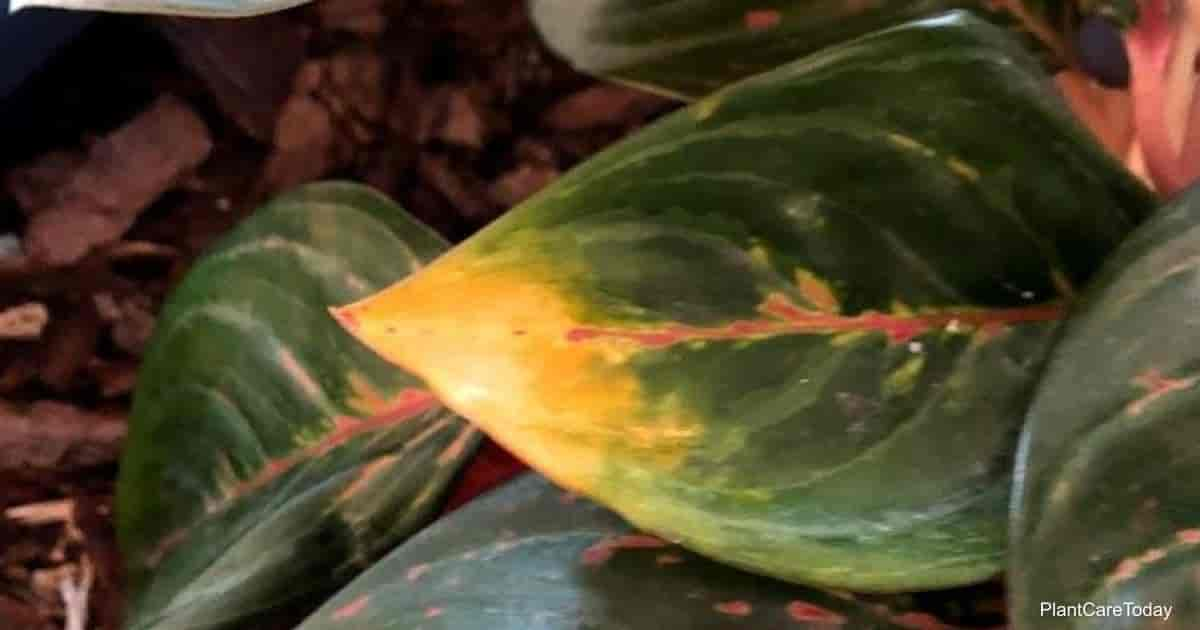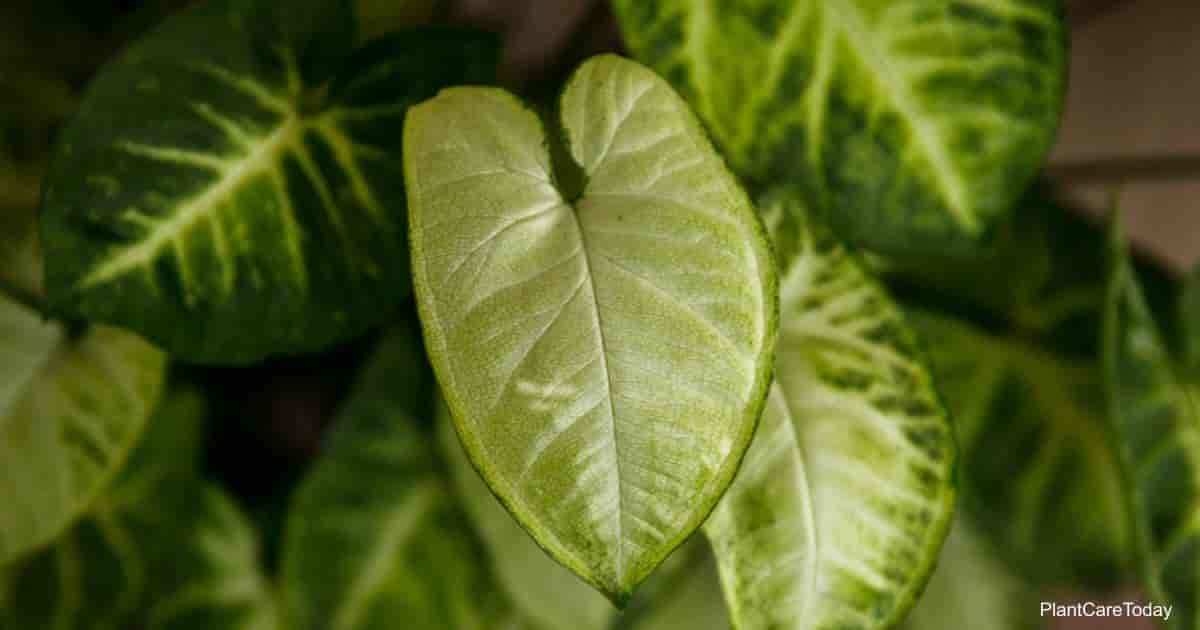Calathea rufibarba (ka-LAY-thee-uh roo-fee-BAR-buh) originates in the tropical Americas, hailing primarily from Brazil. It is a member of the Prayer Plant (Marantaceae) family of plants.
This tropical perennial has fuzzy, feather-shaped leaves, and is often called Velvet Calathea or Furry Feather Calathea.
Calathea Rufibarba Care
Size and Growth
This moderately fast-growing tropical perennial can grow to a height of approximately 3.5′ feet.
Velvet Calathea’s feather-shaped leaves are green and waxy on top and deep purple and furry on the underside. The stems are also fuzzy and bright red.
Flowering and Fragrance
Generally speaking, Calatheas are not flowering plants. Typically, people keep them for their attractive leaves.
Calatheas are unlikely to flower when kept as houseplants, which is the typical way to keep these delicate tropical plants.
Light Conditions and Temperature
This tropical jungle plant likes to live in an area with plenty of bright, indirect light. Direct sunlight causes fading of the leaves and can cause burning. Too little light causes poor growth.
As a tropical plant, Calathea prefers temperatures ranging from 60° degrees to 70° degrees Fahrenheit all year round.
Keep your plant out of drafty areas, but also ensure there is good ventilation around the plant to prevent fungus problems.
Water and Fertilizer
These jungle plants like consistently damp soil, but they cannot tolerate sitting in water. Although many plants do well with a soak and dry method of watering, Calathea prefers small drinks on a frequent basis. Avoid watering your Calatheas with tap water.
Pro Tip: Calathea Watering is an important factor for successful Calathea care.
Keep the humidity level surrounding your plant relatively high; also keep ventilation consistent to prevent mold problems.
Use a liquid fertilizer (houseplant) rich in nitrogen to encourage vigorous leaf growth and color. Feed a half-strength dose a couple of times a month throughout the growing season.
Soil and Transplanting
Any nutrient-rich, well-draining soil mixture will work well for your Calathea. A standard potting mix should do fine.
Plan to repot annually or biannually depending on how much growth your plant exhibits.
Grooming and Maintenance
When the leaves of your plant become dusty, wipe them gently with a soft, damp cloth. You may also wish to give your plant a lukewarm shower to wash the leaves and give it a boost.
Never use leaf shine on Calathea as this is quite damaging to the furry leaves.
How To Propagate Calathea Rufibarba
It is not possible to propagate any Calathea by rooting it in water. The best way to propagate these plants is to divide the roots when you repot. Do this is early in the spring.
When you repot your plant, shake the old soil off the roots and divide them as needed. You can use your fingers to separate them, or use a sharp, sterile tool if necessary.
Calathea Rufibarba Pests or Diseases
This plant tends to get brown, crispy leaf edges when humidity levels are too low. Cold temperatures will also cause this problem.
When this happens, cut away the brown parts cleanly with a sharp, sterile implement. Make adjustments to warmth and humidity levels to prevent the problem in the future.
Crispy, brown leaf edges can also result from under-watering. Pay close attention to your watering schedule. Adjust as needed to keep the soil uniformly moist at all times.
Drooping leaves and rotting stems are a sign of overwatering. These problems can also occur by exposure to cold temperatures or drafts. As with underwatering, adjust your schedule to keep the soil at the correct level of moistness.
NOTE: Never allow Calatheas to sit in water. Always use a pot with drainage holes to allow any excess water to drain away and prevent root rot.
Take great care to control air movement and temperature around your plant at all times.
Too much sunlight or too little may result in faded leaves. Remember that this plant likes ample amounts of bright indirect sunlight.
Botrytis mold will develop on Calathea if the air is too humid or ventilation is too low.
Spider mites and scale can be problematic on Calathea if suffering from undue stress. Examples are:
- Too much water
- Too little water
- Incorrect humidity levels
- Wrong temperature
- Becoming root-bound
Use insecticidal soap or neem oil to treat spider mites and scale.
Is Rufibarba Considered Toxic or Poisonous to People, Kids, Pets?
Calathea rufibarba is entirely non-toxic.
Is Rufibarba Considered Invasive?
This finicky tropical plant is not in the least bit invasive.
Suggested Calathea Rufibarba Uses
Unless you live in a tropical setting, you must consider this plant strictly as a houseplant with occasional spring and summertime forays onto a sheltered porch or patio.
Credit : Gary Antosh (https://plantcaretoday.com/calathea-rufibarba.html)





